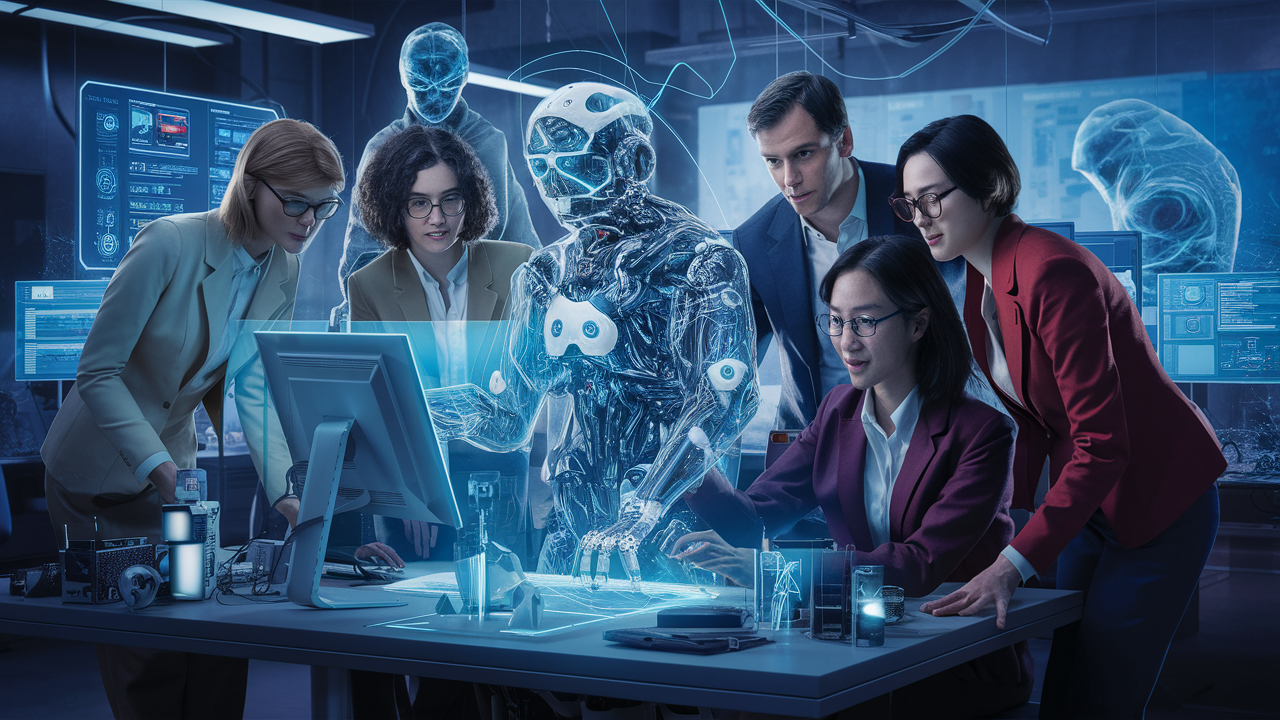Introduction
OpenAI is raising the bar for AI safety with groundbreaking advancements in “red teaming.” This structured process involves testing AI models for risks and vulnerabilities using human expertise and automated methods. With innovative strategies, OpenAI is redefining how AI systems are assessed, ensuring they are safer, more ethical, and aligned with societal values.
What is Red Teaming?
Red teaming is a proactive approach to identifying risks in AI systems. It involves assembling diverse groups of experts or automated systems to simulate potential misuse scenarios and uncover vulnerabilities. Historically, OpenAI focused on manual red teaming, but their latest initiatives integrate automated and hybrid methods for deeper insights.
The Evolution of OpenAI’s Red Teaming
1. Manual Efforts
OpenAI’s journey began with manual red teaming. For instance, during the testing of DALL·E 2 in 2022, external experts probed the model for ethical and safety issues. This hands-on method was foundational but limited in scalability.
2. Automated Red Teaming
In their latest advancements, OpenAI has developed a novel automated method called Diverse and Effective Red Teaming (DERT). This approach uses reinforcement learning and auto-generated rewards to test AI models at scale. It focuses on identifying diverse safety-related failures, such as unintended advice or policy violations, providing a more comprehensive risk assessment.
3. External Collaboration
To foster transparency and collaboration, OpenAI has published a white paper and a research study on their red teaming practices. These documents outline strategies for external engagement and innovative automated methods, enabling others to adopt or refine these practices.
Key Elements of OpenAI’s Red Teaming Approach
OpenAI’s white paper highlights four essential steps for effective red teaming:
- Team Composition:
Teams include experts from diverse fields—cybersecurity, natural sciences, and regional politics—ensuring assessments are comprehensive. - Access to Model Versions:
Early-stage models highlight foundational risks, while later versions help refine planned mitigations. - Guidance and Documentation:
Clear instructions, interfaces, and documentation enable efficient campaigns and accurate data collection. - Data Synthesis and Evaluation:
Post-campaign analysis determines if findings align with policies or necessitate updates, shaping future AI model iterations.
The Power of Automation
Automated red teaming enhances scalability, generating numerous test scenarios quickly. OpenAI’s DERT method is particularly impactful due to its:
- Diversity: Encouraging varied attack strategies to uncover unique vulnerabilities.
- Effectiveness: Using multi-step reinforcement learning to refine evaluations.
- Speed: Automating processes that would take human teams significantly longer.
While automation accelerates risk discovery, OpenAI emphasizes combining it with manual insights to ensure thorough evaluations.
Challenges and Ethical Considerations
Despite its potential, red teaming faces challenges:
- Evolving Risks:
AI risks change over time, requiring ongoing assessments and updates. - Information Hazards:
Publicly disclosing vulnerabilities may inadvertently help malicious actors. Managing this requires strict protocols and responsible sharing. - Societal Alignment:
OpenAI recognizes the importance of public input in shaping AI behaviors and policies, ensuring technology aligns with societal norms and values.
Why Red Teaming Matters
As AI adoption grows, the need for robust safety measures becomes critical. Red teaming enables:
- Early Detection: Identifying risks before models are widely deployed.
- Improved Safety: Refining AI systems to prevent misuse and harm.
- Ethical Alignment: Ensuring technology respects user values and societal norms.
OpenAI’s commitment to red teaming demonstrates their dedication to creating responsible and secure AI systems.

